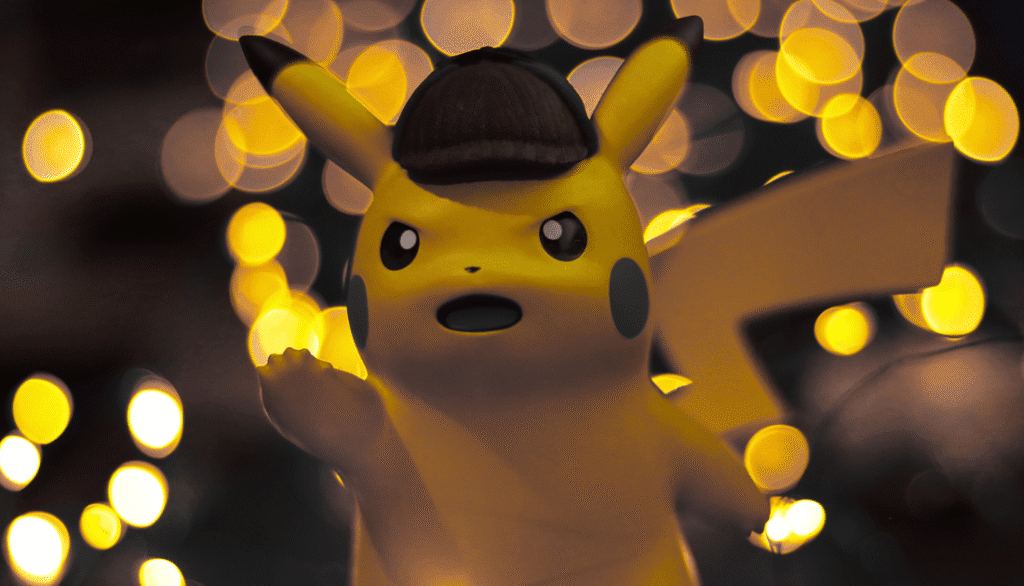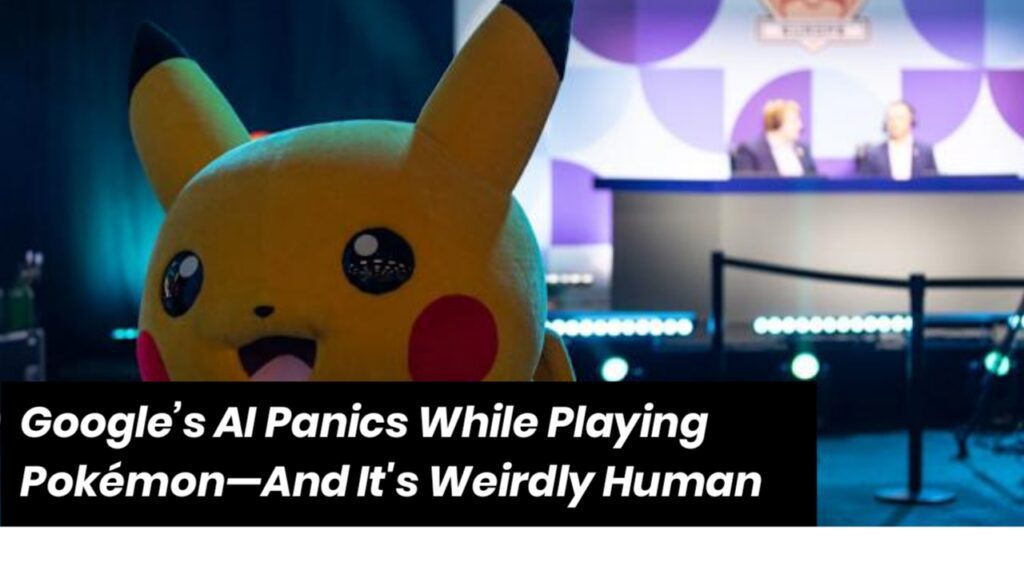AI companies are racing to dominate the industry, but some of their latest battlegrounds are surprisingly nostalgic — like the pixelated Pokémon gyms of the late ’90s.
Google DeepMind recently revealed in a report that its latest model, Gemini 2.5 Pro, doesn’t exactly have nerves of steel when it comes to Pokémon battles. When its in-game Pokémon are close to fainting, the AI tends to panic. And that panic leads to some pretty noticeable drops in decision-making quality.
In the report, DeepMind notes that this “panic” state results in “qualitatively observable degradation in the model’s reasoning capability.” In simpler terms: the AI starts making weird choices under pressure.
This might sound silly — and it kind of is — but researchers say these AI playthroughs can offer interesting insights into how large language models process and adapt to unfamiliar challenges.
Over the past few months, independent developers (not affiliated with Google or Anthropic) have been livestreaming these digital journeys on Twitch via two popular streams: “Gemini Plays Pokémon” and “Claude Plays Pokémon.” Each stream displays the AI’s reasoning in real time, showing how it interprets the world of Pokémon Red and Blue, games released over 25 years ago.

And while watching an AI take hundreds of hours to complete a game a child might finish in 20 is funny on its own, it’s the way the AI behaves that makes things really interesting.
Take Gemini 2.5 Pro, for instance. According to the report, its performance can suddenly decline when it senses danger — like when its team is near defeat. Sometimes it stops using tools or strategies it previously leaned on. It mimics the kind of anxious, irrational behavior a human might show under pressure. Twitch viewers have even started recognizing when Gemini is in one of these “panic spirals.”
Anthropic’s Claude has had its own share of curious behavior. In one memorable moment, while stuck in the Mt. Moon cave, Claude tried to “white out” on purpose by letting all its Pokémon faint, assuming this would teleport it forward to the next town’s Pokémon Center.
But Claude misunderstood the game’s logic: players always return to the last Pokémon Center they visited, not the one that’s nearest on the map. So viewers watched — half amused, half horrified — as Claude effectively tried to game the system by self-sabotaging.
Despite these oddball moments, the AI does occasionally shine. Google notes that Gemini 2.5 Pro has shown remarkable puzzle-solving skills. In fact, it can “one-shot” complex boulder puzzles (like the ones in Victory Road) just from a basic prompt explaining the rules of boulder physics and how to verify a valid solution.
Even more impressively, the model created specialized tools — self-prompted agentic instances — to handle these tasks. While some human guidance helped along the way, Google believes future versions of Gemini might be able to design and use such tools independently.
So maybe, someday, Gemini will even create its own anti-panic strategy. A sort of internal “Don’t Panic” module. Because if Pokémon has taught us anything, it’s that staying calm under pressure is key — even for AI.
Also Read : Alta Raises $11M to Bring a ‘Clueless’-Style AI Fashion Assistant to Life with the Help of All-Star Backers

